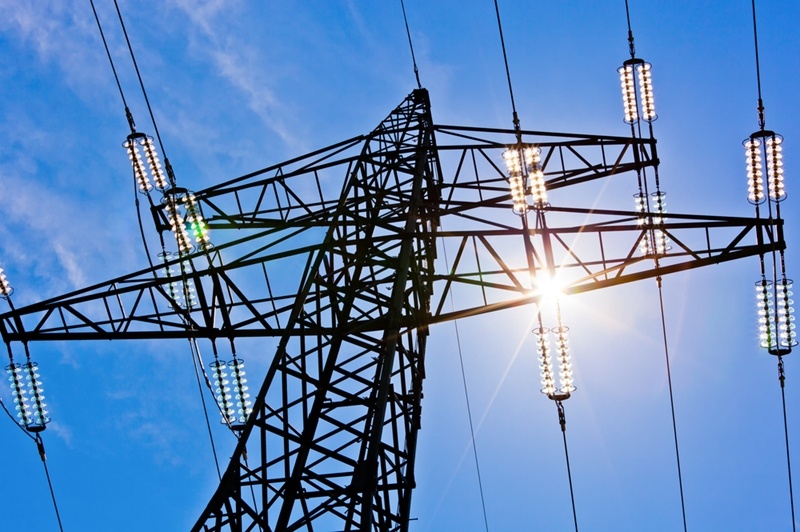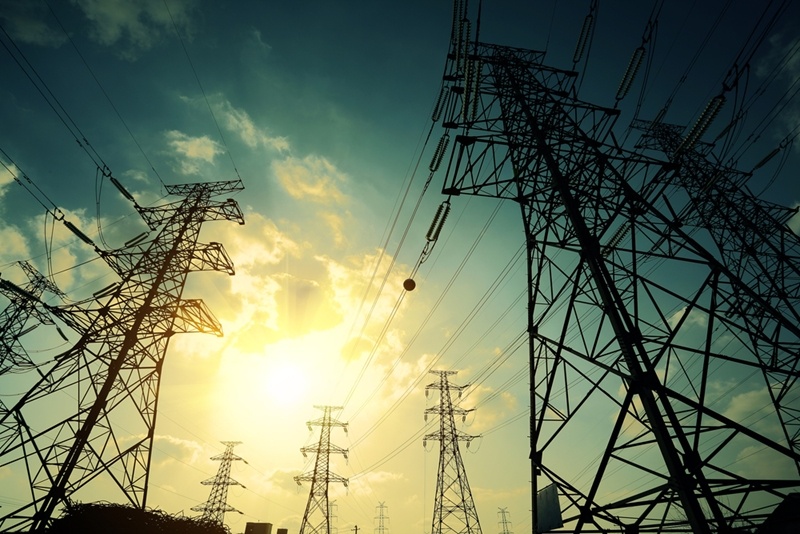Clean energy initiatives poised to reduce grid demand nationwide
President Obama recently announced a new plan to address residential energy efficiency in the U.S. According to a White House press brief, most of what the president has in store for residential energy revolves around providing homeowners more opportunities to invest in clean, energy-efficient technology. But while most summer energy initiatives have focused on simply cleaning up the energy sector, new executive actions outlined by the president will also reduce demand on the national grid.
Greater investment in financing
Collaborations between the U.S. Department of Housing and Urban Development and Department of Energy will finally provide the residential sector with meaningful ways of assessing in-home efficiency. The president also allotted an additional $1 billion in loan guarantees available to homeowners for distributed energy and efficiency projects, as well as $24 million for 11 projects across seven states poised to develop technology to double the efficacy of solar energy technology.
If successful, putting more money on the table for public use toward efficiency projects will have its obvious effect on energy infrastructure. Homeowners who cut their consumption through government-facilitated renovations or supplement it with renewable technology like rooftop solar installations shrink demand on the grid little by little. Moreover, any breakthroughs improving a solar panel's ability to harness power will only stand to redouble the impact.

Wider breadth of financing options
Additionally, the administration aims to rewrite the fine print in its property-assessed clean energy program to make it more attractive to lenders. Greentech Media reported that in the past, most states adopted laws slotting municipalities first for PACE loan repayment, even before lenders. Should a loan default for whatever reason, local government is slated to recoup costs before the entity that actually supplied the loan.
By flipping this subordination so mortgage lenders have first-lien status, President Obama, the HUD and the Federal Housing Administration hope to make this financing option more viable and widespread. A system focused on keeping lenders happy means they're more likely to approve and facilitate loans for homeowners seeking energy efficient renovations, which in turn, reduces demand with every signature.
"Making extra energy available floods the grid and combats rising demand."
Greener grid expansions and additions
New transmission lines supplying Californians with utility-scale solar power will certainly do its bit to cut energy demand on the west coast. According to Utility Dive, 485 megawatts of solar power will be funneled from a soon-to-be constructed facility in Riverside County into homes statewide. Making extra energy available floods the grid and combats rising demand, not to mention stifles time-of-use costs.
But transmission lines aren't the only technology primed to reduce demand. The administration also plans to install at least 300 megawatts worth of solar installations on federally subsidized housing by the end of the decade. Since low-income families typically don't have the resources to invest in solar technology - even with an array of financing options available - the president hopes to afford these families with the same advantages those in higher socioeconomic brackets enjoy. For their efforts, the federal government will in turn trim each site's electrical consumption from regional grid demand.
This content is property of ESCO Advisors and all reproductions must reference and link back to the ESCO Advisors website.
Share this
You May Also Like
These Related Stories

How the government and generators deal with clean energy adoption together

Massachusetts energy companies unite to plot grid modernization


